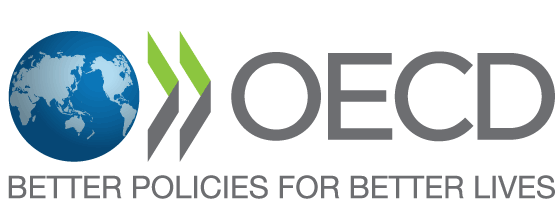 Other upstream companies — Step 1
Other upstream companies — Step 1
Establish strong management systems
- Adopt a policy for responsible supply chains of minerals consistent with the OECD Due Diligence Guidance.
- Assemble an internal team to oversee supply chain due diligence. Ensure that the necessary budget resources are assigned and that a senior manager is ultimately accountable.
- Establish an internal system of transparency, information collection, and records of supply chain due diligence processes, findings and resulting decisions.
- Compile information related to mine of origin, production, transport, trade, export and the identities of any suppliers of minerals. Disclose this information to immediate downstream purchasers or to any mandated institutional mechanism.
- For red-flagged supply chains identified in Step 2, seek to progressively collect and maintain the following information on the chain of custody or traceability:
- the identity of all suppliers and relevant service providers handling the mineral in the upstream supply chain from the mine of origin until the refiner; the ownership (including beneficial ownership); the corporate structure including the names of corporate officers and directors; the business, government, political or military affiliations of those companies and officers within conflict-affected and high-risk areas
- all taxes, fees or royalties paid to government related to the extraction, trade, transport and export of mineral
- all payments or compensation made to government agencies and officials related to the extraction, trade, transport and export of mineral
- all payments made to public or private security forces or other armed groups at all points in the supply chain from extraction onwards, unless prohibited under applicable law
- Assign a unique internal reference number to each input and output and affix it to each output in such a way that any tampering will be evident.
- Communicate company policy, actions and expectations related to responsible sourcing to suppliers. Companies should incorporate these expectations into supplier contracts or other written agreements with suppliers, and consider ways to build their capacity to implement due diligence.
- Collect stakeholder grievances through individual or collaborative grievance mechanisms.
 Other upstream companies — Step 2
Other upstream companies — Step 2
Identify, assess, and prioritise risks
- Determine whether your company mines, transports, or purchases minerals in or from a conflict-affected or high-risk area or is associated with any other red flags.
- Map the factual circumstances of red-flagged supply chains by reviewing research reports and consulting with local and central governments and civil society organisations.
- For red-flagged supply chains set up on-the-ground assessment teams and ask these questions to generate and maintain information on the circumstances of extraction, trade, handling, refining, and export.
- If an on-the-ground assessment was already carried out (e.g. by a supplier, an industry scheme, or other third party), review the assessment to ensure they are credible, up-to-date, and cover risks specific to your supply chain.
- Assess risks in the supply chain by determining whether the circumstances in the supply chain meet the companies supply chain policy and standards in Annex II of the Guidance (see risks listed above for a summary).
 Other upstream companies — Step 3
Other upstream companies — Step 3
Manage risks
- Report identified supply chain findings to senior management.
- For red-flagged supply chains, strengthen chain of custody and traceability systems.
- Devise and implement a mitigation plan. Immediately suspend or discontinue engagement with specific upstream suppliers if there is a reasonable risk that they are sourcing from or otherwise affiliated with any party committing serious human rights abuses or providing direct or indirect support to non-state armed groups.
- Sourcing from upstream suppliers is possible even if there is a reasonable risk of direct or indirect support to public or private security forces (e.g. criminal networks within the police, army units, or private mine security), corruption, money laundering, non-payment of dues, or an inaccurate or fraudulent chain of custody. However, in such cases, the company should immediately implement a risk-management plan with upstream suppliers and other stakeholders to eliminate these risks. Risk-management measures can include formalising security arrangements, reporting abusive units to competent authorities, and/or improving and monitoring transparency systems.
- Monitor risk management plan and commitments, including by engaging with impacted communities and stakeholders to support monitoring.
- Monitor your supply chains and undertake additional risk assessment for any change of circumstances.
 Other upstream companies — Step 4
Other upstream companies — Step 4
Audit control point
Allow access to company sites and relevant documentation. Facilitate on-site visits and contacts with suppliers selected by the audit team.
 Other upstream companies — Step 5
Other upstream companies — Step 5
Communicate and report on due diligence
- Report publicly on the company’s due-diligence efforts for responsible supply chains of minerals from conflict-affected and high-risk areas.
- Reports should focus on the actions taken by the company to address identified risks (e.g. management systems established; steps taken to identify control points in the supply chain; risk assessment methodology implemented; assessments conducted to identify control points’ risks and corresponding due diligence measures in accordance with the OECD Guidance; steps taken to manage risks; and efforts made to monitor and track performance for risk mitigation).
- Provide a description of any audits in which the company has participated.
- Disclose information with due regards taken of business confidentiality and other competitive concerns (i.e. price information and supplier relationships do not need to be disclosed).
